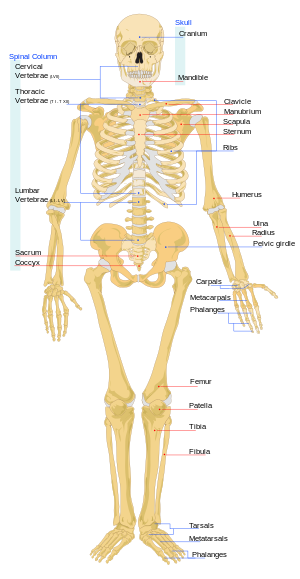
- Image via Wikipedia
It’s amazing to me that this one substance, nitric oxide—perhaps it’s not unique in this—is cited as a godsend in one report and a disaster in another. And the record on both sides continues to grow. Check these two Google news items out:
Coffee is ‘good for the heart’, new research finds
It is thought chemicals in coffee improve heart health by preventing damage caused by oxygen molecules and blocking harmful nitric oxide. …
Telegraph.co.uk
Cardiff Sports Nutrition Relaunches BSN No Xplode Bodybuilding Supplement
“But one thing our customers kept asking for was No Xplode, which is the most powerful and most effective nitric oxide supplements out there. …
How can the same substance be both harmful and incredibly valuable? We find this strange dichotomy wherever we look with nitric oxide. I think I wrote an earlier post about moderation in all things applying to nitric oxide as well. But perhaps more to the point is, usefulness is in the eye of the beholder, or in this case, user.
In the case of the bodybuilder the benefit might be one you and I aren’t that excited about. But it’s real for them: “The first is that it allows them to achieve that elusive ‘pump’ in the gym on a consistent basis. Without nitric oxide supplements, even when bodybuilders managed to achieve that vein popping, engorged look, it would always fade within hours. With No Xplode, however, the body continues to produce nitric oxide throughout the day, which means the bodybuilder’s muscles continue to look rock hard all day long. It’s really incredible.”
Vein-popping? Engorged? Hey, to each his own.
And as for the other one—about moderate coffee consumption “blocking harmful nitric oxide”—your guess is as good as mine on whether this study is meaningful. They talk about the psychological effects of drinking coffee in a relaxed atmosphere, and how diet (the study refers to Greek folks) is a strong influence, etc. One of these days I’ll figure out why nitric oxide—considered a vasodilator and all-around beneficent influence on blood vessels—is strangely considered a culprit in stiffening blood vessels among elderly people.
Ah, science. Don’t you love its mysteries and inconsistencies?





![Reblog this post [with Zemanta]](http://img.zemanta.com/reblog_e.png?x-id=8cc8e7d7-e714-4889-8574-f90f22f34a79)
![Reblog this post [with Zemanta]](http://img.zemanta.com/reblog_e.png?x-id=359faa6c-4aa1-4f9e-b65f-aae15720b53d)

![Reblog this post [with Zemanta]](http://img.zemanta.com/reblog_e.png?x-id=00ffc957-db26-45bd-92a2-d54e6110dfac)


![Reblog this post [with Zemanta]](http://img.zemanta.com/reblog_e.png?x-id=adf9df15-7677-486e-871d-8c85dcbb8a35)